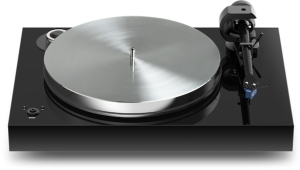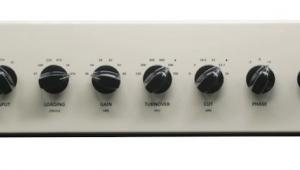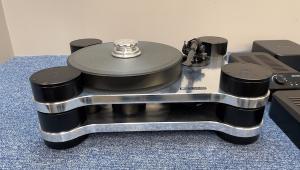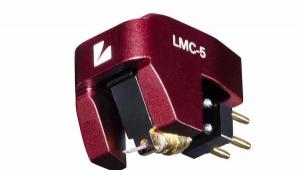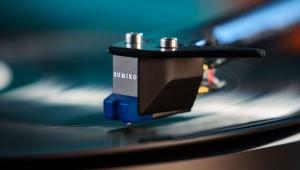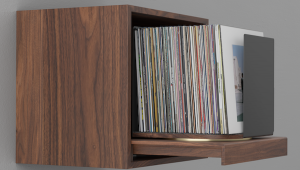Origin Live Strata Multilayer Platter Mat

Origin Live knows turntables, so it’s no surprise that the British company has just announced the launch of their new Strata multilayer platter mat, a universal upgrade for all turntables.
The Strata is composed of three distinct materials joined together using a specialised flexible bonding technique. According to Origin Live, said multiple materials are used to “dissipate vibration from across the spectrum of vibration,” as the company feels that single-material solutions only operate within specific bands of vibration. The flexible bonding feature is said to do its thing “by allowing slight interaction between layers, vibrational interference occurs which dissipates resonances.”
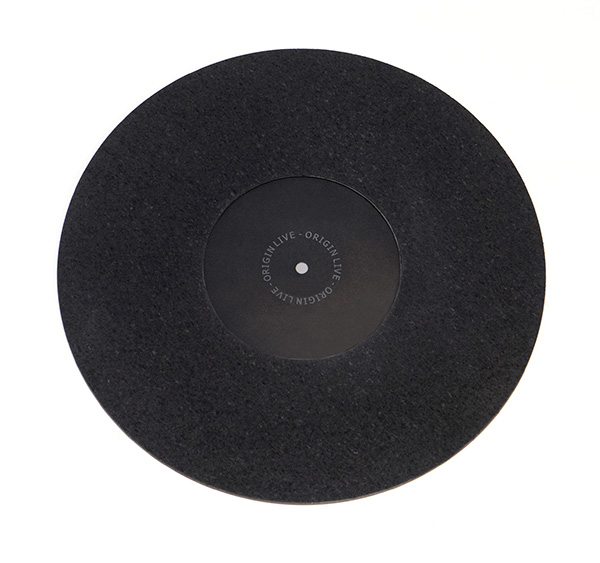
Origin Live — who introduced their first turntables back in 1991, and released an award-winning platter mat in 2009 — points out that the Strata platter mat is “trickle-down technology” from the multilayer platter first developed for the company’s flagship Voyager turntable, and it’s now available across their range of table offerings from the Swift on up.
The Strata multilayer platter mat comes in black, and it will work on any turntable that accepts a 4.5mm thick mat, with no additional mat needed on top.
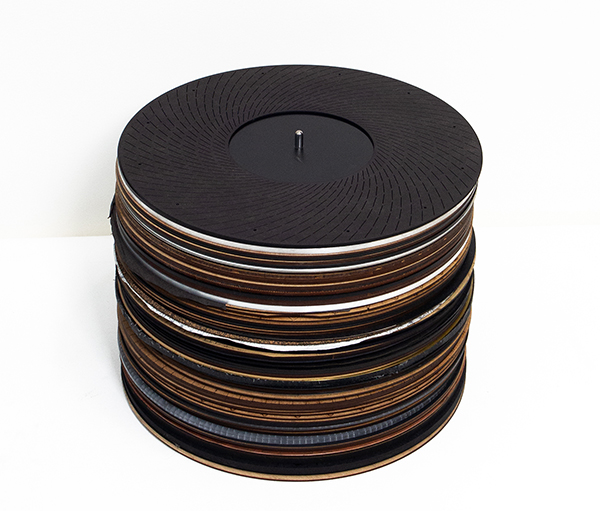
The company adds that R&D led Origin Live engineers through “hundreds” of different materials, thicknesses, profiles, and their various combinations — and you can see some of those combos in the prototype mat stack shown above. These R&D procedures, along with the many ensuing rounds of comparative listening tests, were conducted to such a degree since the company believes that, due to energy dissipation, the parts of a turntable closest to the cartridge have a far more significant influence on performance than parts that are further away.
“Having listened to many different platter mats in R&D, we’ve found that the problem with most turntable mats is that they only work over a specific frequency range and do little to help absorb frequencies within other important ranges,” company founder Mark Baker explained in a press statement. “It’s obvious that when you try different mat materials under your records, they contribute to the characteristics of the sound in very different ways.”

Continued Baker, “Some heighten detail at the expense of warmth and bass. Some produce a wonderfully impressive transparent sound but kick deep bass into the long grass. Others are the opposite, with great bass but a loss of clarity and a murky treble. The only way to solve this issue is to use multiple materials arranged such that they improve all aspects of sound quality such as detail retrieval, decay, mid-band transparency, clear separation in the soundstage, and deep dynamic bass.”
Finally, the SRP for the Strata is £295. We’re awaiting confirmation of the U.S. dollar equivalent, and will update that SRP info accordingly once/if we get the confirm.
For more about Origin Live, go here.
To find an authorized Origin Live dealer, go here.



